The cock's contribution is read top to bottom on the left side
of the table. In this case, BA and
BA The hen's is read right to left across
the top of the table. In this case, + and .
So how do we figure the youngsters? Easy. Fill in the cock's
contribution on each line across. On the first line it would be
BA. Fill in the hen's contribution going down.
So in the first square we have BA//+ In the next
square to the right, we have BA. Thus in
this example, the first bird is an ash-red cock carrying wild-type (blue)
and the second is an ash-red hen carrying nothing, and so on.
I am using a dot (.) to indicate the small tag a hen has in addition to
her single sex chromosome. One more thing. I always refer
to wild-type. If I'm discussing dilution, it means the wild-type
condition to that particular gene, thus intense coloration. If I'm
discussing Indigo, it means the wild-type condition to that, thus
non-indigo. If I'm discussing pearl eyes, it means the wild-type condition
to that, thus orange eyes, etc.
Therefore, youngsters bred from this mating can be:
- 50% heterozygous ash-red cocks. (BA//+)
Many will have black splotches.
- 50% hemizygous ash-red hens
BA/.
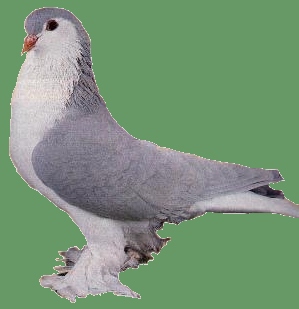
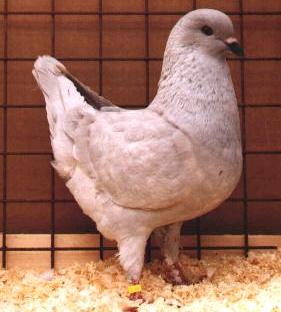
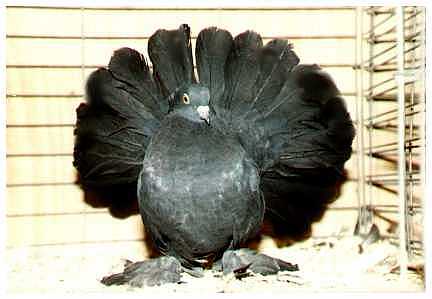
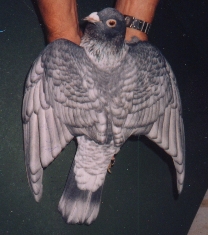
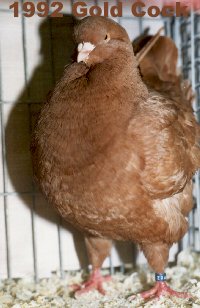

BACK